Johnston Heights Secondary 24-25
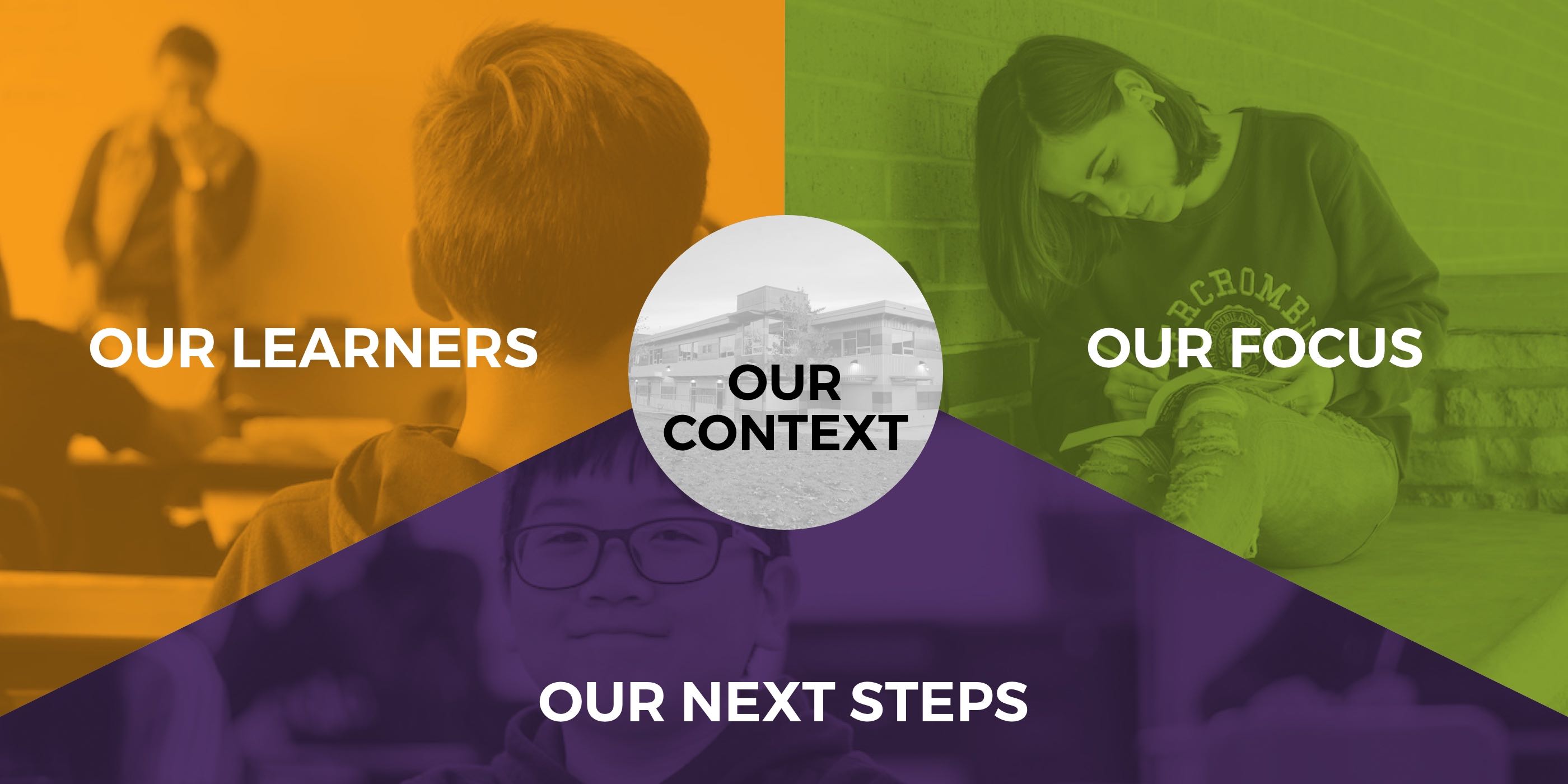

OUR CONTEXT
Johnston Heights Secondary School is a public school in Surrey and welcomes all students. Students begin in the International Baccalaureate Middle Years Programme (MYP). In Grade 11, students can decide to continue into the International Baccalaureate Diploma Programme (DP) or the BC graduation program (BCED). We, as a learning community, believe all students can find success within the MYP, DP and the BC Graduation Program.
Our students come from a variety of backgrounds and cultures with many different languages spoken at home.
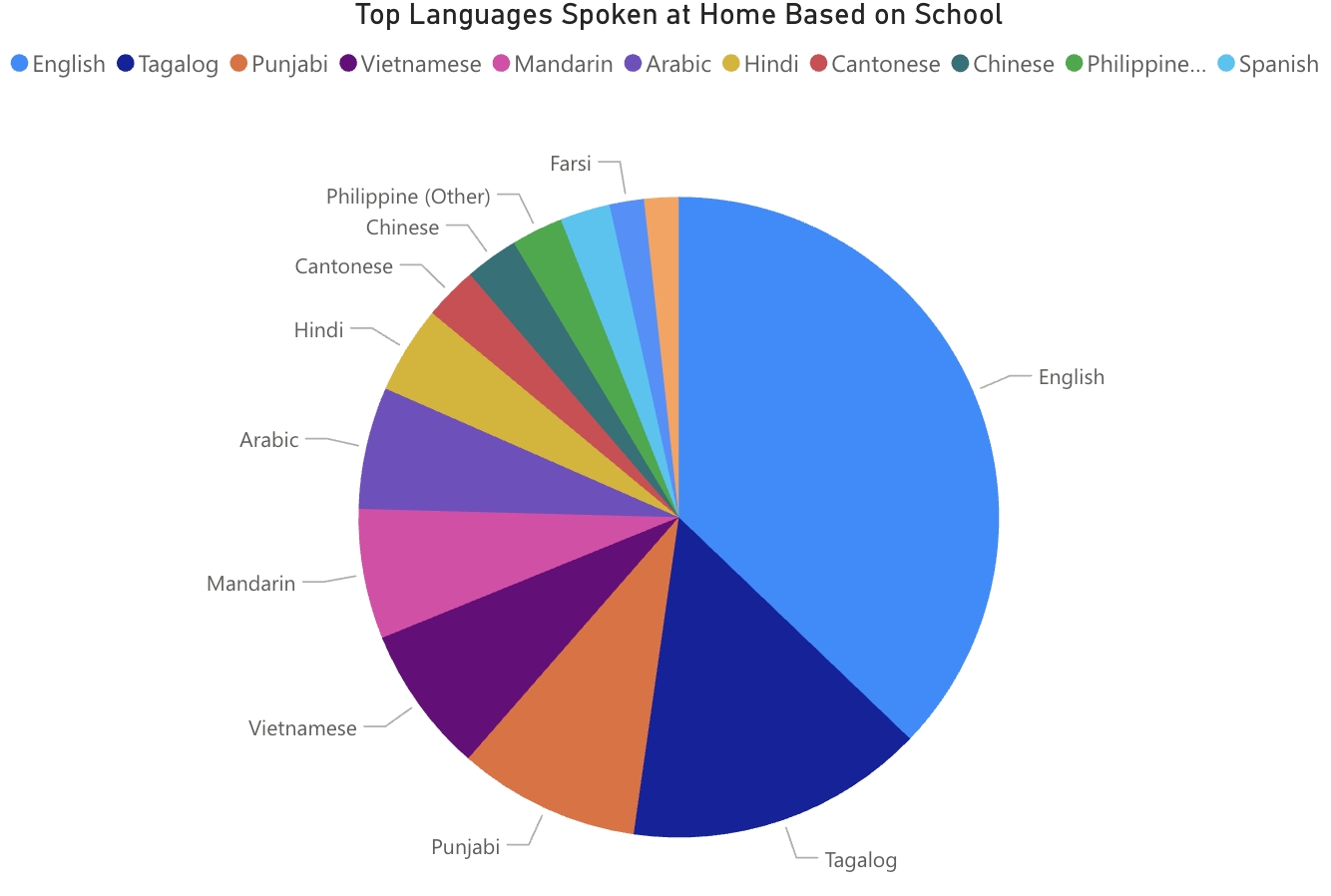
What does student life look like?
At Johnston Heights, the BCED Curriculum is delivered through the lens of the IB. Our students work on a balanced scheduled that is follows a linear timetable. Students explore the BCED curriculum through key concepts, global contexts and explorations while also building approaches to learning /core competency (ATL) skills and developing the learner profile (LP) traits. These elements enhance the learning experience and the delivery of the BCED Curriculum while also giving students a well-rounded experience.
Our students care deeply about the world around them and engage with various cultures within the school respectfully. Our staff and students engage in ongoing self-reflection and service to our community to ensure we build a strong world together. In their classes, students often engage in inquiry-based activities that blend academic rigour with personal interest. To show how student learning connect, students create Personal Projects in Grade 10, Creativity, Activity and Service projects, and a Capstone. It is common to see students working collaboratively in the hallways, designing community service projects, mentoring new students while actively participating in Athletics and the Arts.
Why do we do what we do?
Johnston Heights is a caring school that embraces service and inclusion and that seeks to ensure students can be accommodated comfortably within the school. The school respects and supports diversity as part of its mission. We welcome students with learning differences and offer support provided by our Inclusion, B.A.S.E.S. and counselling team.
OUR LEARNERS
OUR LEARNERS
Our Student Learning Focus
The aim of all Johnston Heights students is to develop as internationally minded people who, recognizing their common humanity and shared guardianship of the planet, help to create a better and more peaceful world. Our students set our shared goals and express their understanding of the world through literacy. To this end, our students rely on the ATLs/Core Competencies to build their individual literacy skills.

What can our students do?
Students show understanding by demonstrating their ATL skills action through literacy based learning activities.

Students practice self management and balance by understanding the importance of balancing different aspects of our lives including intellectual, physical, and emotional well-being. Additionally, they reflect by thoughtfully considering the world and our own ideas and experience.
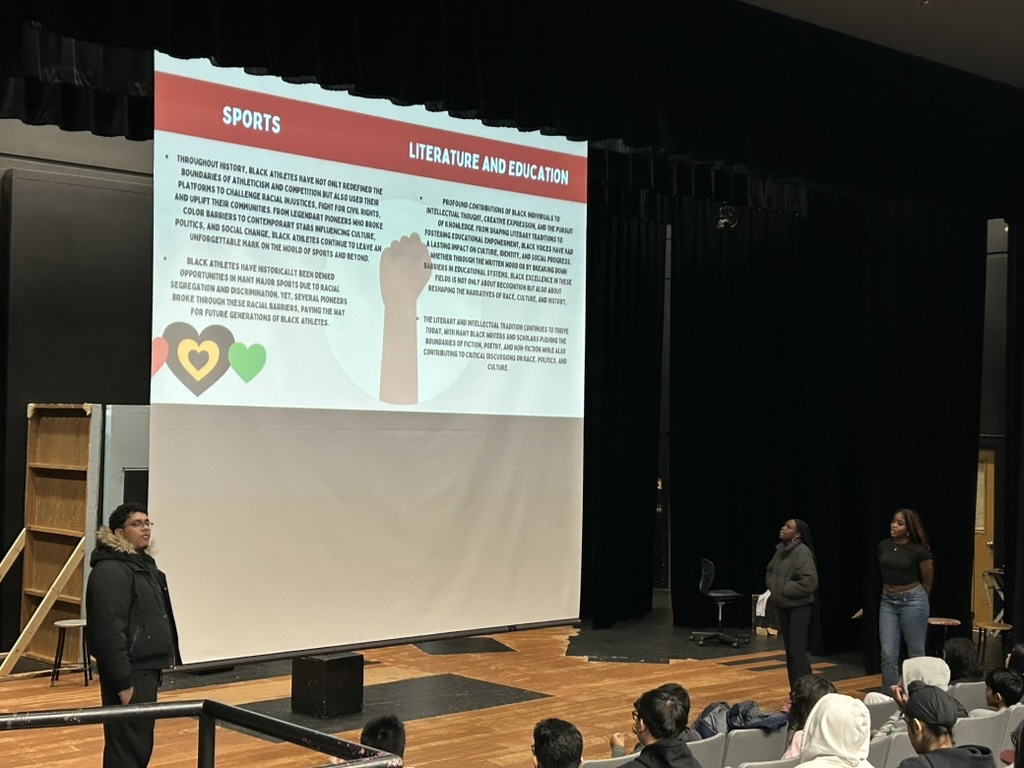
Students practice the ATL communications skills when they express themselves confidently and creatively in their learning.
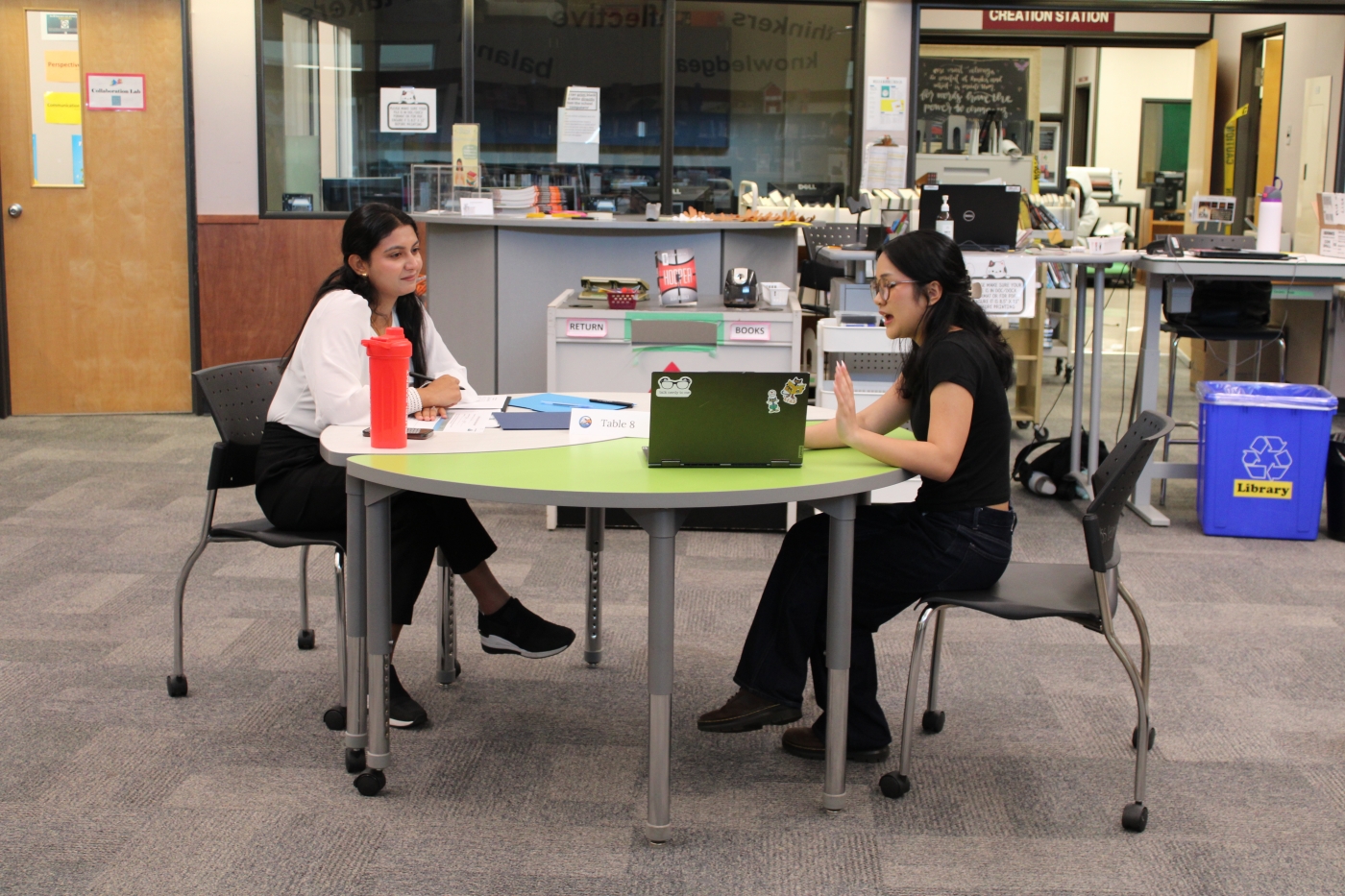
Our students appreciate our own cultures and personal histories, as well as use critical and creative thinking skills to analyze and take responsible action on complex problems.
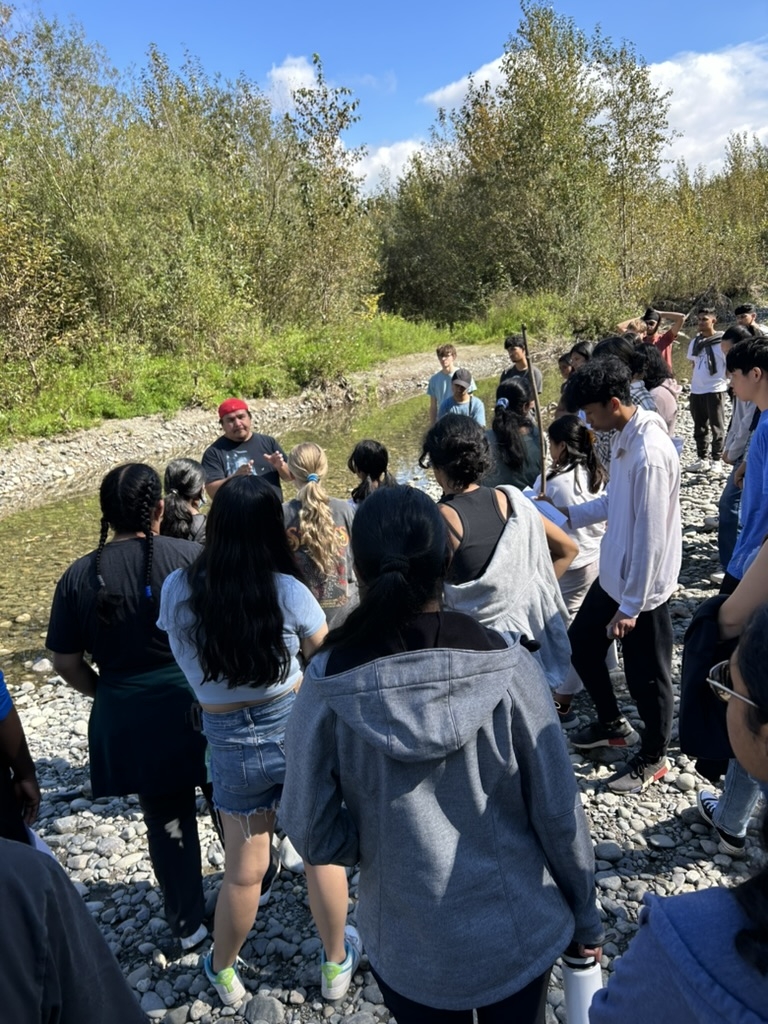 When looking at our students, we see that they:
When looking at our students, we see that they:
- Actively participate in classroom learning.
- Actively work to make the school a better place for each other through care and empathy.
- Work with peers and teachers to develop knowledge and skills.
- Perform their best efforts to demonstrate their skills and growth.
- Ensure work is of their own creation and they use academic honesty.
- Reflect on their learning to foster growth.
OUR FOCUS
The IB MYP Personal Project is a self-directed inquiry project that encourages students to explore their personal interests, build important skills, and create something meaningful to represent their learning. At our school, the Personal Project is not only a capstone of the MYP journey, but also a key part of our focus on developing student literacy and Approaches to Learning (ATL) skills. As demonstrated below, the English Language Arts curriculum demonstrates clear parallels with IB's ATL skills.
Our school's Learning Goals:
1. ATL Skill: Create a goal, plan, and evaluate.
Ministry of Education ELA Curriculum Connection: Use writing and design processes to plan, develop, and create engaging and meaningful literary and informational texts for a variety of purposes and audiences.
2. ATL Skills: Gather and organize relevant information to formulate an argument. Draw reasonable conclusions and generalizations. Consider ideas from multiple perspectives.
Ministry of Education ELA Curriculum Connection: Express an opinion and support it with credible evidence.
Our Cohort:
Our cohort is a group of 10 students randomly selected from across our Career Life Education (CLE) 10 courses. All of the CLE 10 teachers work collaboratively to deliver the ministry curriculum while supporting each student as they undertake each component of the IB MYP Personal Project, where they will set goals, learn about a topic (learning goal), create their product, present their process and product, and writing their formal report reflecting on their process, challenges, and successes.
Measuring Our Success:
We measure success by analyzing both student completion and achievement levels. Over the past three years, we have seen steady improvement in both the number of students completing the project and those achieving at or above the global standard. We continue to strengthen our support systems to help all students succeed.
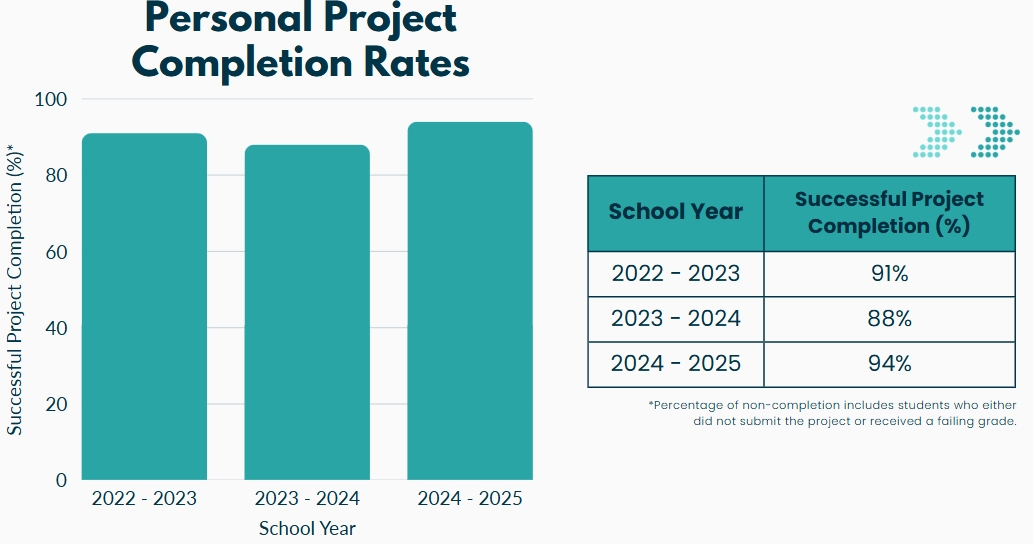
However, when results were externally moderated, the average level of achievement was 3, or "Developing" on the provincial proficiency scale. The global average is 4/5, or "Proficient."
Students will:
- Familiarize themselves with and participate in instructional practices related to Academic Honesty
- Engage in the inquiry process, complete journals documenting their experience
- Identify and establish "Success Criteria" for their product
- Create a Personal Project that has a report and product
We will gather evidence from:
- Formative assessments and informal check-ins throughout the process, including the journals
- Internal assessments and IB moderation feedback
- Historical ATL reflections
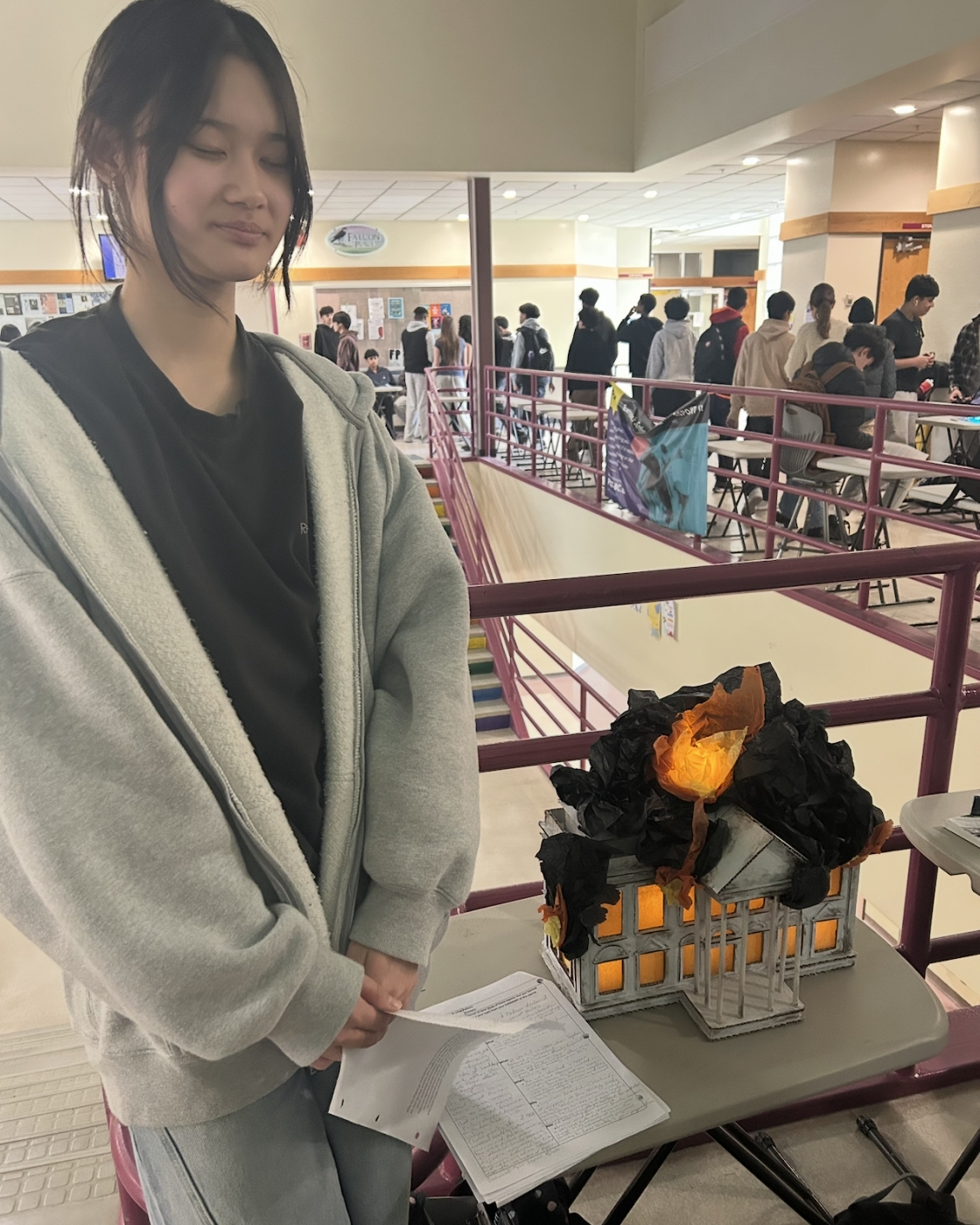
- 3 one-on-one Personal Project Supervisor + student meetings, including an exit interview.
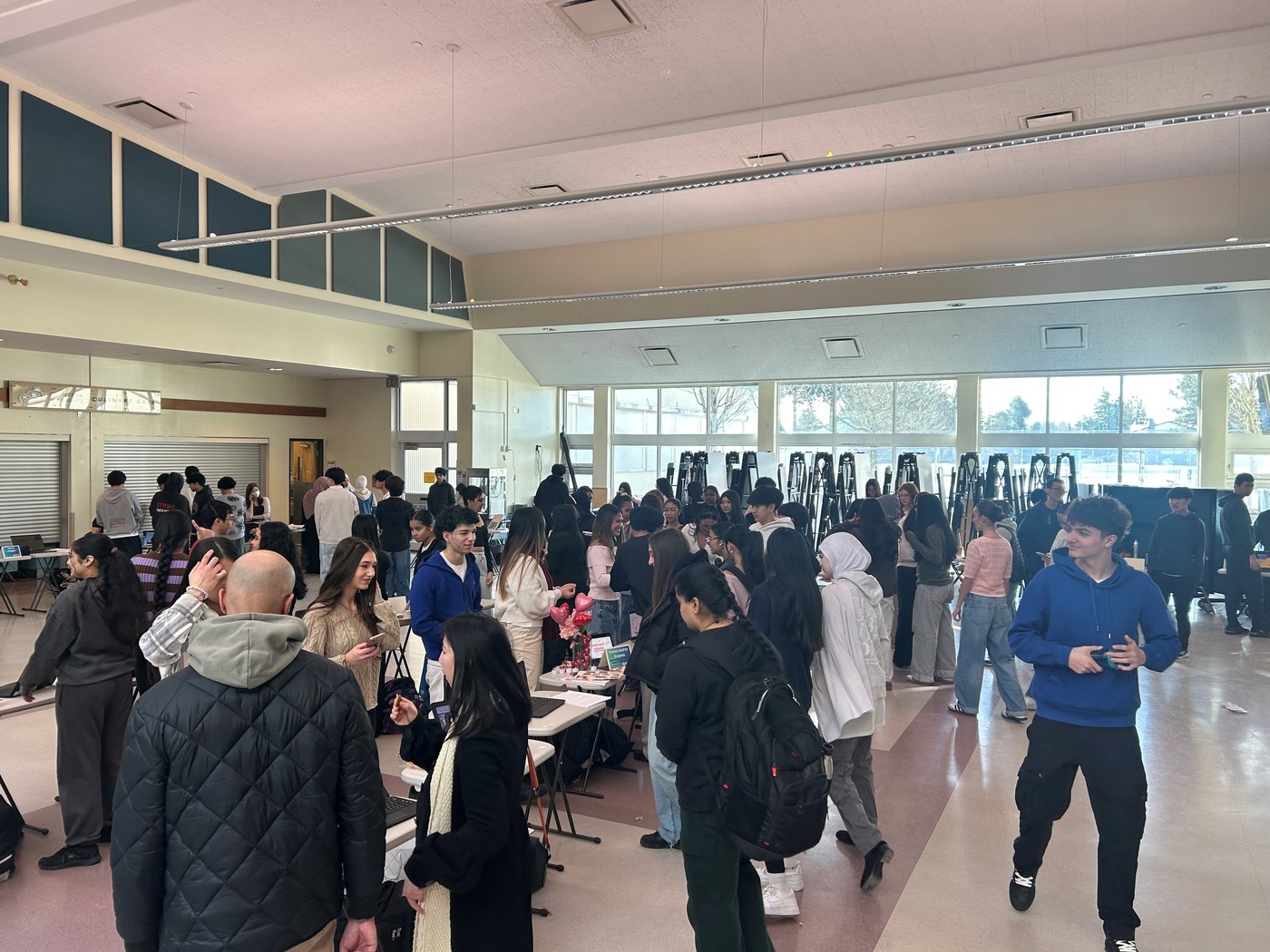
- Last Years Cohort ... the next step thinking about thinking
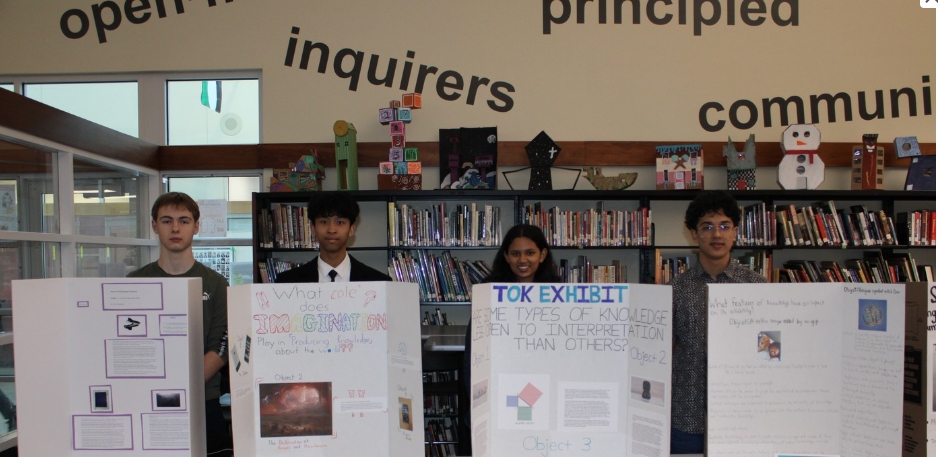
OUR NEXT STEPS
This year, students focused on the process of developing this project and a report that exuded their depth of knowledge. The below includes samples from a variety of student work.
The Process:
ATL Skill: Create a goal, plan, and evaluate.
Ministry of Education ELA Curriculum Connection: Use writing and design processes to plan, develop, and create engaging and meaningful literary and informational texts for a variety of purposes and audiences.
Student Goal Setting:
Example #1:

Example #2:

Student Process Journaling:
ATL Skills: Gather and organize relevant information to formulate an argument. Draw reasonable conclusions and generalizations. Consider ideas from multiple perspectives.
Ministry of Education ELA Curriculum Connection: Express an opinion and support it with credible evidence.
Example #1:
 Example #2:
Example #2:
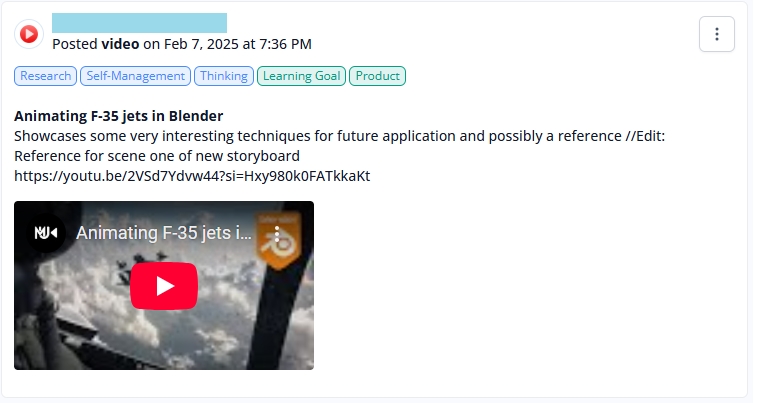
Student Success Criteria/Rubric Creation:
Example #1:
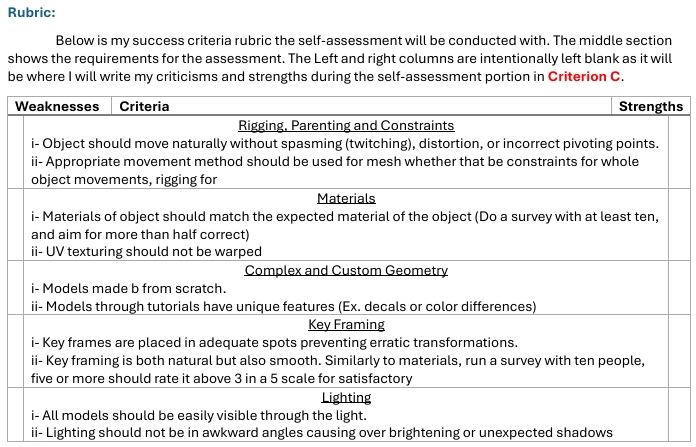
Example #2:
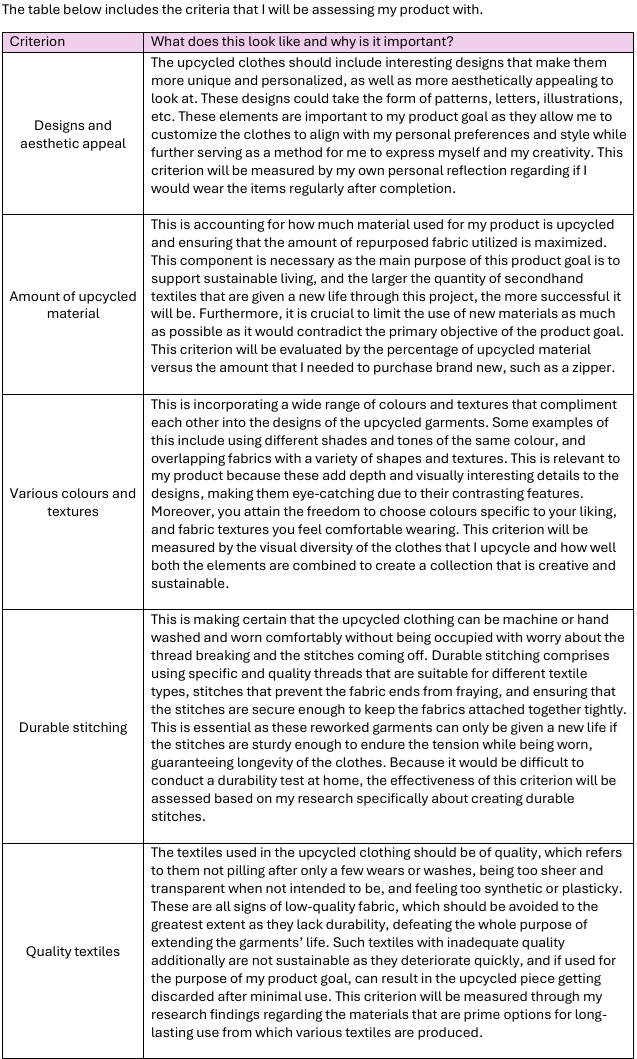
Student Reflection and Self-Assessment:
Example #1 (Clothing Upcycling): 
Example #2 (Animation):
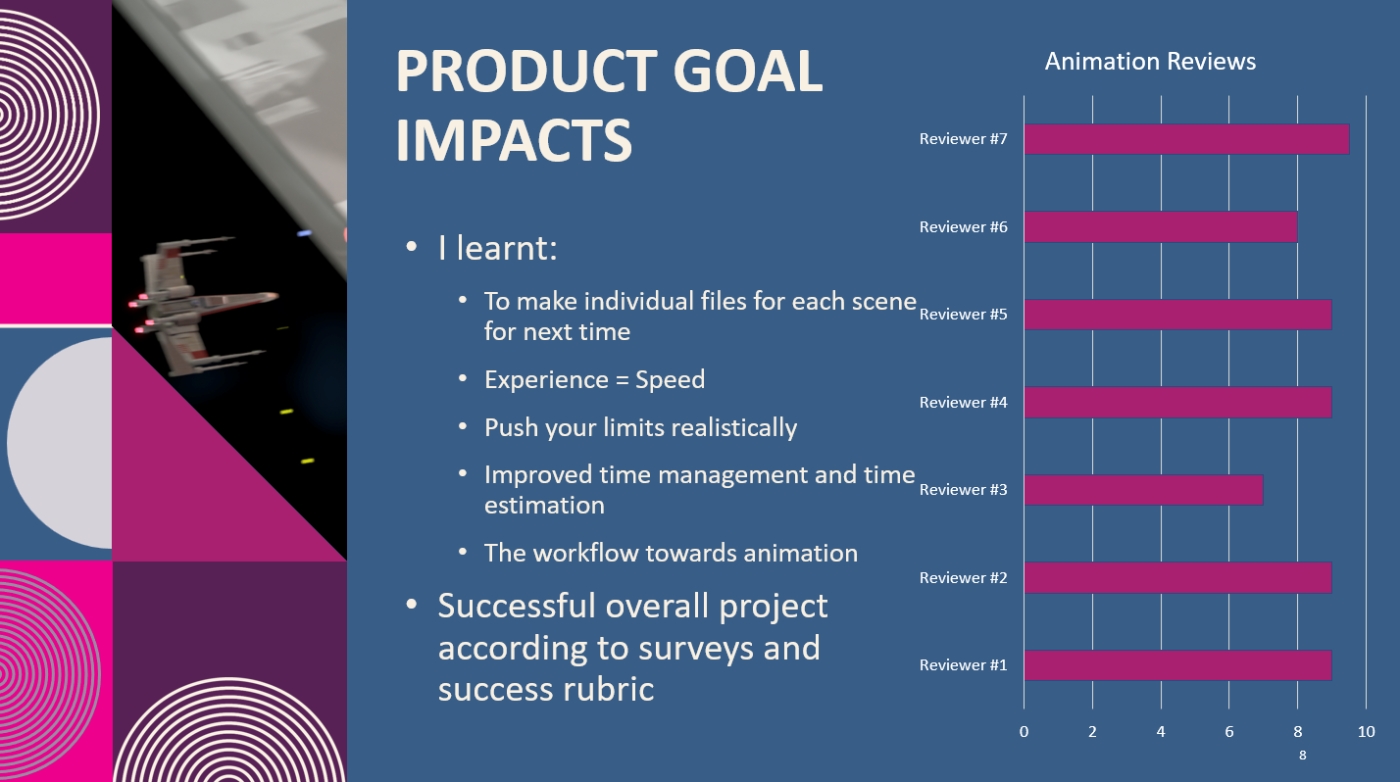
Presentation at Personal Project Fair + Report
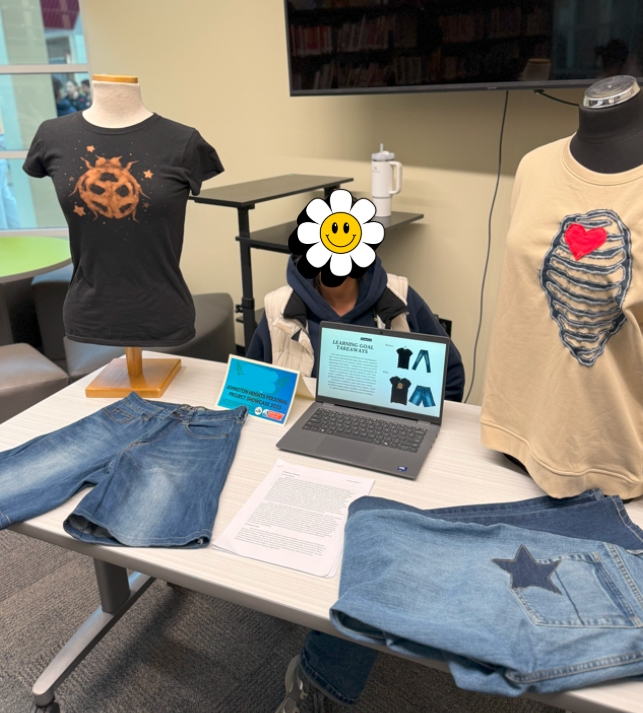
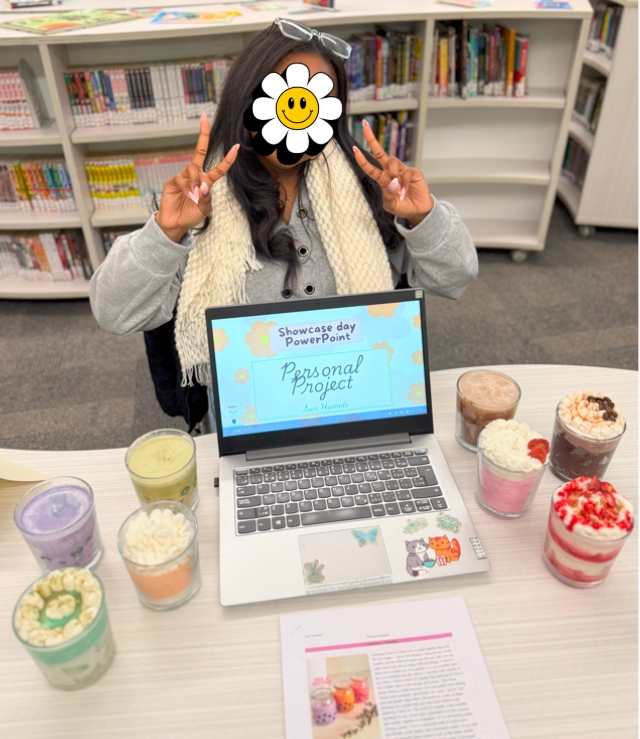
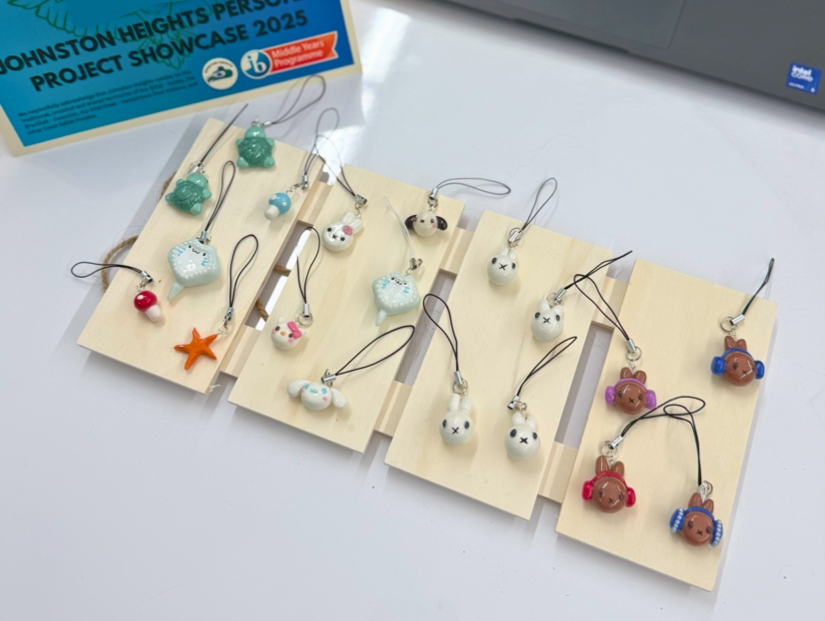

Assessed Totals/Achievement Levels:
This year, the student completion rate of the IB MYP Personal Project was 94% with an average assessed score of 4 (or "Proficient").
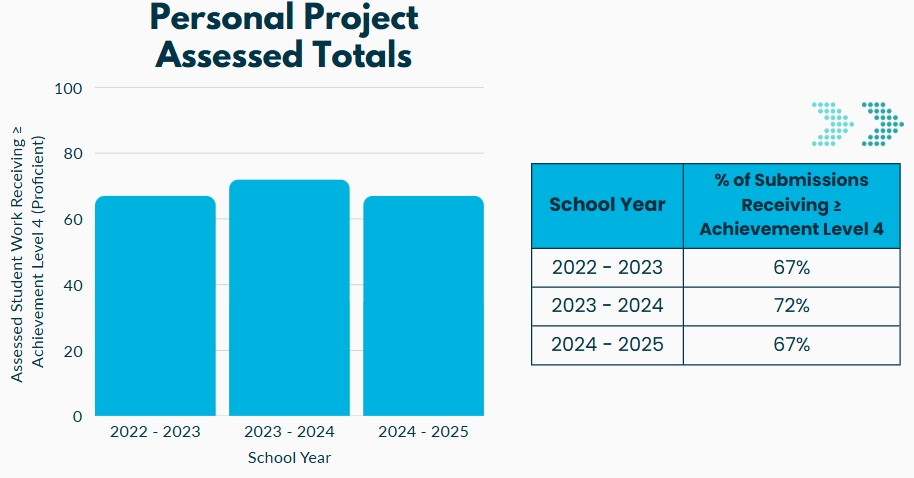
The 2024 - 2025 school year marked the highest percentage of successful student project submissions in the last five years (94%). However, there was a slight decrease in the percentage of students who received an assessed average achievement level of 4 or greater, returning to the 2022 - 2023 percentage of 67%. Thus, the goal moving forward remains to continue implementing practices and tools that will enable a wider variety of students to find success within the Personal Project.
Moving Forward into 25-26:
As we approach our MYP/DP evaluation in 2026–27, selecting a key topic for our self-study is a vital step in fostering ongoing growth and strengthening our alignment with IB principles. This process offers us a meaningful opportunity to reflect on our practices, celebrate our achievements, and identify areas where we can deepen our impact on student learning and development.
One area we are particularly interested in exploring is concept-based learning, which lies at the heart of the IB framework. By focusing on transferable, big ideas rather than isolated facts, concept-based learning empowers students to think critically, make interdisciplinary connections, and apply their understanding in real-world contexts. Investigating how we design and implement concept-driven units across the MYP and DP could provide valuable insights into how we nurture deeper understanding and long-term retention.
Framing the Focus: Concept-Based Learning as a Bridge Between Literacy and Numeracy
Concept-based learning emphasizes enduring understandings and transferable ideas—such as change, relationships, systems, and perspective—that transcend subject boundaries. This approach is particularly well-suited to fostering interdisciplinary transfer, especially between traditionally siloed domains like literacy and numeracy.
Why This Matters
Students often struggle to see how the skills they develop in one subject apply to another. By designing concept-driven units that explicitly connect literacy and numeracy through shared concepts and inquiry, we can:
- Deepen students’ understanding across disciplines.
- Promote critical thinking and problem-solving.
- Encourage flexible application of knowledge in real-world contexts.
Looking forward to our next steps in empowering students in their learning journey.
